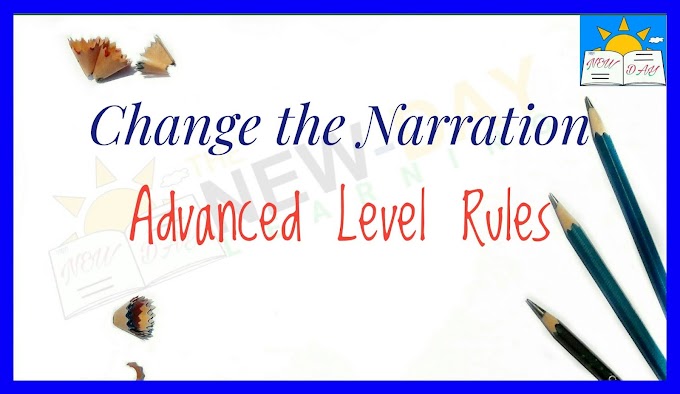What is grammatical case?
Case is a form of a noun or a pronoun which shows the relation of that very noun or pronoun to other words in a sentence.
What are the Types of Grammatical Case:
There are three types of case of noun in English grammar —
- Nominative Case,
- Objective Case,
- Possessive Case.
#1. Nominative Case:
Ehen a noun or a pronoun is used as the subject (or agent) of a sentence, it is in nominative case.
E.g. –
(a) Peter plays hockey.
(b) We fly kites.
(c) The girl likes him.
(d) A boy was reading the book.
(e) Who plays cricket?
In the sentences (a), (b), (c), and (d), (e), Peter, We, girl, boy and who are the subjects of the verbs plays, fly, likes, reading, plays respectively. These subjects are in nominative case.
***The nominative is actually the answer of “who?” and “what?”.
Types of Nominative Case:
There are two types of Nominative case –
(i) Nominative of address and
(ii) Nominative absolute.
(i) Nominative of Address –
This case is used while a person is addressed (called).
E.g. –
Peter, come here.
– Here someone is calling a person named Peter.
Good morning sir.
– Here someone is addressing another one as sir and wishing good morning.
(ii) Nominative Absolute –
It is a noun or a pronoun which is used before a participle and has no link with other part of the sentence.
(Nominative absolute is used in joining of tow sentences denoting two consecutive actions by two different subjects.)
E.g. –
The match being over, the spectators left the gallery.
The sun having risen, the soldiers began to march.
#2. Objective Case:
When a noun (or pronoun) is functioning as the object to a verb or a preposition, it is in objective case.
E.g. –
(a) Peter plays hockey.
(b) We fly kites.
(c) The girl likes him.
(d) A boy was reading the book.
(e) Whom did you give the book?
In the sentences (a), (b), (c), and (d), (e), hockey, kites, him, book, whom are the objects of plays, fly, likes, reading, give respectively.
So, these are in objective case.
**Note:-
In example (e) Whom did you give the book?
Whom is used in the beginning, you may think that it the subject. But no.
Whom is used in the interrogative sentence (yes-no question) as the object. There are two objects- whom and the book. The subject is 'you'.
The answer of this Whom is also an object.
Like,
Q. Whom did you give the book to?
A. I gave the book to Rihana.
The answer of 'whom' is 'Rihana' which is the object.
Types of objects:
(i) Direct Object or Accusative Case–
When a verb takes two objects, one of them is direct object and another is indirect object. Generally, the latter is the direct object and the former is the indirect object.
E.g –
● He gave me a pen.
Here the later ‘pen’ = direct object and the former ‘me’ = indirect object.
● She told Jack the story.
Here the latter ‘story’ = direct object and the former ‘Jack’ = indirect object.
List of Subjective Case and Objective Case of personal pronouns :–
| Nominative/ Subjective Case | Objective Case |
|---|---|
| I | me |
| We | us |
| You | you |
| He | him |
| She | her |
| They | them |
Also read: Pronoun.
#3. Possessive Case:
Possessive case, also known as Genitive case, denotes relationship or owner of something. To form a possessive case, an apostrophe and an s (’s) are added to a noun.
Like,
Boy => boy’s; girl => girl’s; John => John’s; Kate => Kate’s etc.
But, when the plural number of a noun ends in -s, only the apostrophe is used, not an -s.
E.g. – Teachers’ Day; Workers’ union; Students’ welfare etc.
We celebrate teachers' Day on 5th September.
The workers' union has called a strike.
Etc.
Thank you...





%20(1).webp)


%20(1).webp)
1 Comments
excellent
ReplyDeleteLeave a comment